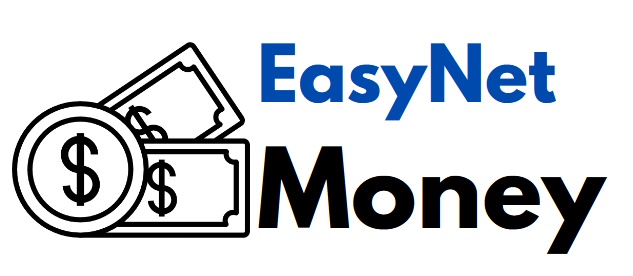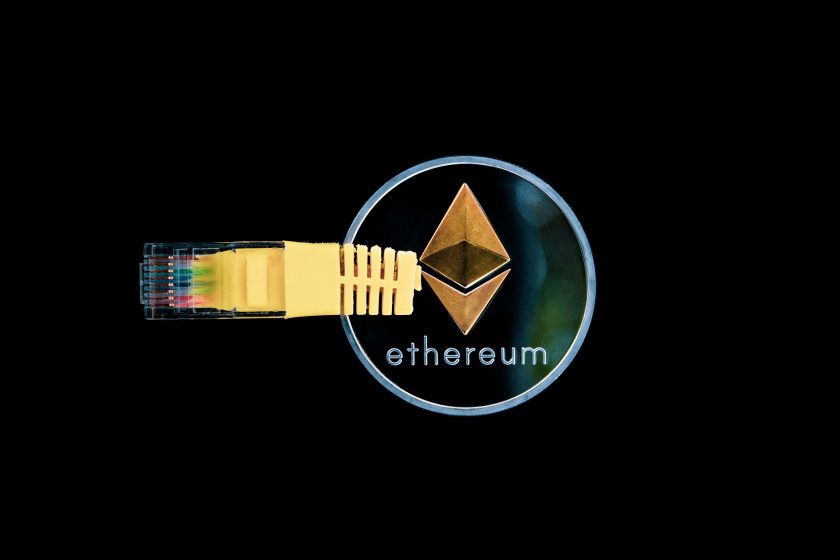A deflationary asset is a trade commodity that lowers inflation by causing a shortage of money supply. A new thought experiment posted by Ethereum co-founder, Vitalik Buterin aims to achieve the same for its native token. The new proposal is part of the project to turn Ethereum blockchain into a Proof-of-Stake or PoS network.
According to the proposal, the new option will add scalability to the network without compromising on censorship resistance and trustlessness standards. The new idea named Endgame postulates that one of the busiest blockchain networks hosting massive transaction traffic and supporting enormous block sizes can still operate as a trustless and censorship-resistance ecosystem.
The Endgame post explains that there the users can perform distributed block validation at the second layer staking pool without needing a huge allocation of resources. Buterin added that with the use of ZK-SNARKS (Succinct Non-Interactive Argument of Knowledge) or fraud-proof directly by users due to the low costs block validity can be verified individually.
He further explained that secondary transaction channels are going to prevent data censorship. He claimed that with this method, the users will be able to perform trustless and decentralized block validation. However, block producers will not be able to skip censorship due to anti-censorship protocols.
Ethereum Transactions are Going to Remain Centralized, Says Buterin
Speaking on the matter of layer-2 solutions, Buterin claimed that all the layer-2 solution transactions or roll-ups are going to remain centralized. He further claimed that at present, no layer-2 solution can host the total transaction capacity of the Ethereum network. Buterin said that at first, the distributed block production generates decentralized results.
However, the MEV or cross-domain maximal extractable revenue has the chance to turn the roll-ups into centralized blocks once again. MEV is the measure of max revenue by block production in addition to the block and gas fees gains. With the implementation of EIP-1559 in August, the Ethereum network rerouted the gas fees for miners to burn addresses and started its journey towards becoming a deflationary asset.

